Angola – market of opportunity for dried and salted fish
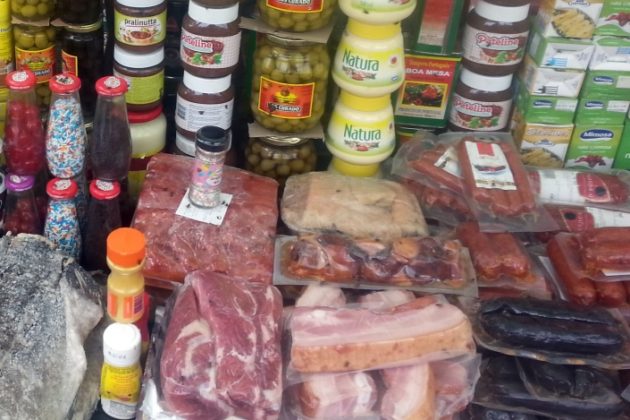
"Norway mainly sells dried and salted saithe to Angola, which is Africa's biggest market for dried and salted fish. Demand for dried and salted cod is on the increase, but this market is dominated by Portuguese players with close relations to the former colony,” report Nofima's market researchers in this feature article.
Angola has become a more important market for Norwegian dried and salted saithe, and the macro-economic trend indicates continued increase in demand.
Continuous collection of market information and knowledge allows Norwegian companies to take their strategic decisions on a broader basis. New purchasing routines and strategies in the supermarkets open up opportunities for increased export of Norwegian dried and salted cod.
This is an opportunity the Norwegian industry must grasp. Improved distribution may also increase demand for dried and salted saithe.
A doubling of the current volume of both cod and saithe may be possible within a decade.
Small saithe, please
In Norway dried and salted saithe is packed in 9 kg cartons for export to Angola in containers. After clearing customs, the cartons are transported to a warehouse controlled by the importers. The warehouse also acts as a sales outlet, where the retailers, primarily women, use significant portions of the family fortune to buy one or more cartons of dried and salted fish.
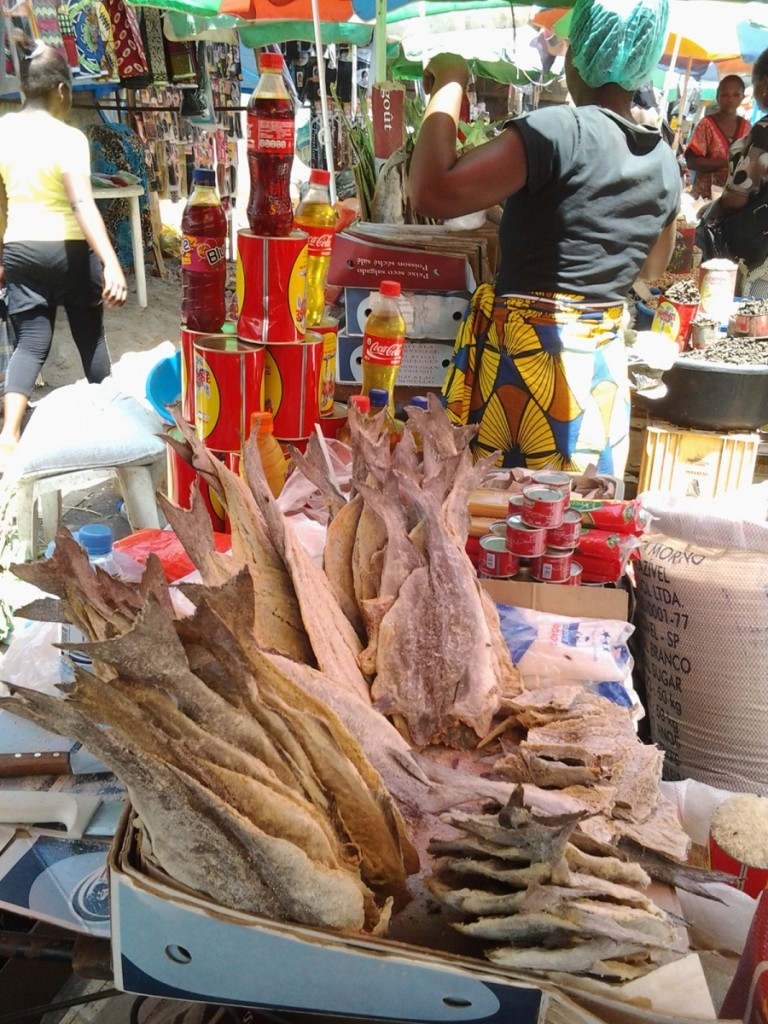
These women sell on the dried and salted fish one by one to consumers, either in markets or on the street. Such a sales strategy is called a “bulk-breaking strategy,” and is typical for a number of products on the African continent. Because they pay by the kilo and sell it on in pieces, the value chain prefers small dried and salted fish.
The Bakongo eat makayabu
Dried and salted saithe is primarily consumed by the Bakongo people; an ethnic group comprising around 13 per cent of Angola’s 25 million inhabitants. The Bakongo often call dried and salted saithe “makayabu”.
They mainly eat “makayabu” for its taste and because of tradition. The product is far more expensive than many other local fresh species, and is eaten the year round, mostly at weekends. Both industrial players and consumers say that dried and salted saithe is an ingredient in a number of different dishes.
Despite “makayabu” being a familiar term, Norwegian players report that knowledge of the product and naming varies throughout the value chain. The Norwegian industry should therefore obtain a better understanding of which terms are used for salted and dried saithe, and where the terms are used in the different market segments.
Bacalhau – expensive festive food
“Bacalhau” is the Portuguese term for salted and dried cod. Angola is the largest market for bacalhau in Africa, due to the country’s history as a Portuguese colony and strong relations to Portugal. Christmas is the season for eating bacalhau, and almost half of all consumption takes place during that season. Many companies give Christmas baskets with wine, ham and salted and dried fish to employees, customers and suppliers. However, the future of this sales channel is somewhat uncertain due to increased focus on corruption.
Salted and dried cod is also available outside of the Christmas season in the capital Luanda. The quality of the cod we saw in supermarkets in February was variable. This indicates either low turnover outside of Christmas and unsatisfactory storage conditions, or that the cod initially exported to Angola was not of the highest quality.
Supermarkets and restaurants
Salted and dried cod is an expensive product, and around 70 per cent is sold through supermarket chains. A kilo of whole dried and salted cod typically cost from NOK 130 to 200 at the 14 different points of sale we visited. The supermarkets stock different product types, such as whole dried and salted cod, fillets, portion pieces and desalted products. Frozen desalted products were available as everything from skin and boneless loin products in exclusive gift packaging, to portion pieces with skin and bones, packaged in simple plastic film.
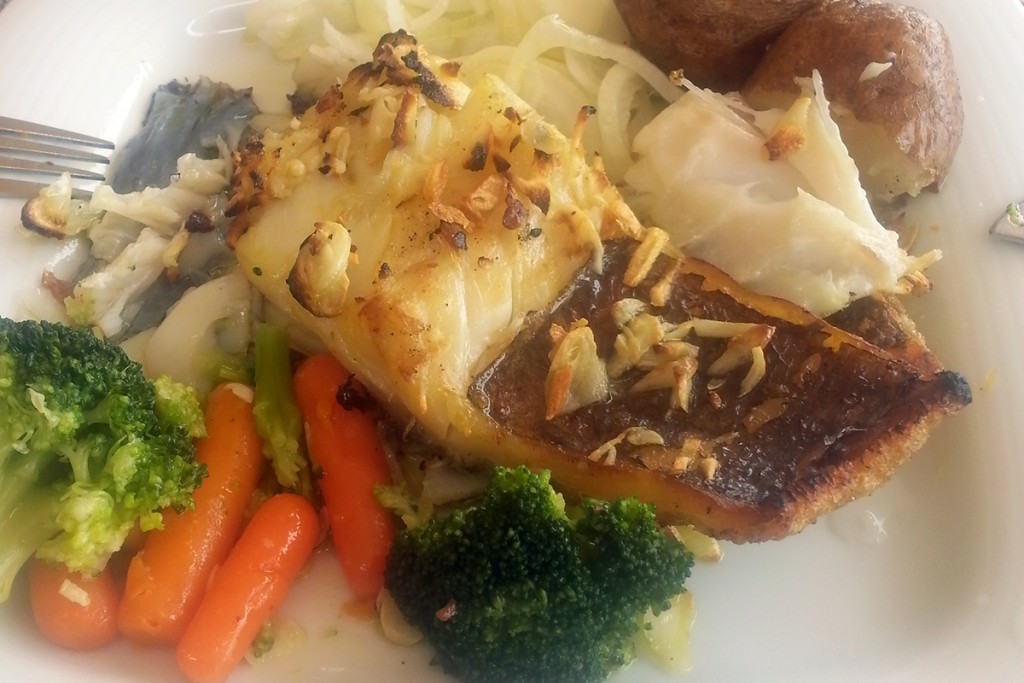
We found a few examples of dried and salted cod at the outdoor markets. The women selling the bacalhau had bought it at the supermarkets and sold it on at a small profit at the markets. The sale of dried and salted cod in the markets is however very limited, because the purchasing power of those shopping here is low.
Dried and salted fish is on the menu at several restaurants in Luanda. The meals often maintain a high standard, and are priced accordingly. At the restaurants we visited, the price was NOK 300 – 450 per dish, and the high price explains limited sales. In three of the four dishes we tried, the dried and salted fish was served with skin and bones. The fish was very tasty and was ordinarily desalted in the restaurants’ kitchens.
More Norwegian dried and salted fish to Angola in the future?
It’s difficult to estimate the potential for growth – but a doubling of the current volume of both cod and saithe may be possible over the course of a decade.
The country has very high population growth. In time, this will increase demand for protein. However, purchasing power is very unevenly distributed. Because dried and salted cod and saithe are different products that are sold through different channels, it would be appropriate to apply different strategies to sell more of these products.
Saithe: Better distribution, micro-credit and supermarkets
If one wishes to sell more dried and salted saithe to Angola, one must either get those who eat dried and salted saithe to eat more of it, or one must investigate the possibility of selling dried and salted saithe to groups who currently don’t buy and eat it. This requires investments in the market, both by individual companies and jointly by the industry.
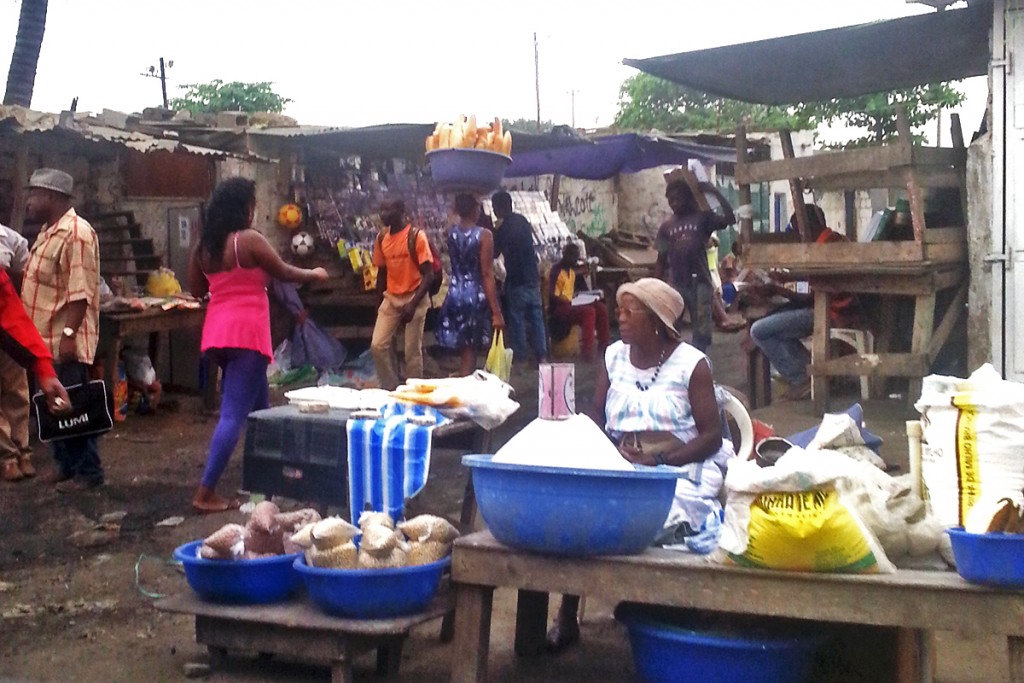
Better distribution is a strategy to stimulate demand for dried and salted saithe. Micro-credit systems, where individuals could buy this fish on credit, could improve distribution and reduce capital requirements, and thus ensure that more people have the opportunity to sell dried and salted saithe through informal sales channels. One of the importers we met in Luanda was considering introducing such a system. Increased supply may result in increased demand. However, due to difficulties with collecting credit in Angola, the Norwegian dried and salted fish industry should not become involved in such projects.
As more supermarkets with different target groups open, one possibility could be to sell dried and salted saithe here. In this case it could be appropriate to sell larger saithe, since the customers may have higher purchasing power, in addition to selling it in portion packs.
Cod: Several salted and dried fish opportunities and product development
The market for salted and dried cod is currently dominated by the Portuguese, much as a result of close ties between the two countries and a common language. This makes it challenging for Norwegian companies to break into the market.
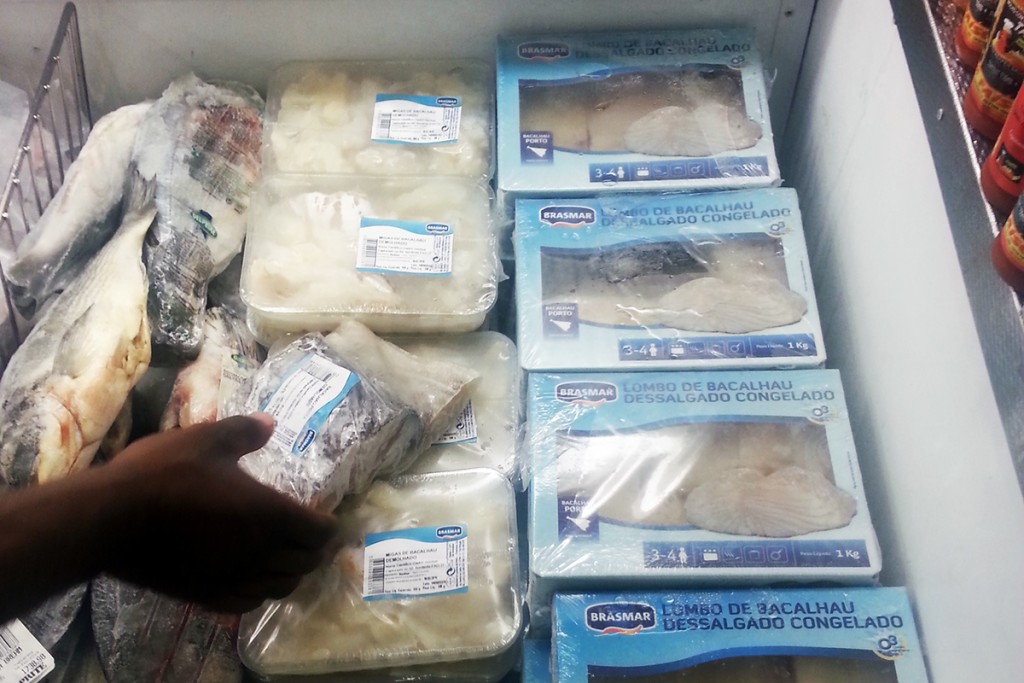
However, the supermarket chains want to reduce the number of links in the value chain and increase competition, which in turn will improve profitability. If Norwegian companies manage to take market shares from the Portuguese, exports will increase sharply. This will however require a greater presence in the country.
Since nearly half of the cod consumption is related to Christmas, a strategy could be to establish more occasions where salted and dried cod is the natural choice. In Brazil the Norwegian Seafood Council has promoted both Mother’s Day and Father’s Day, in addition to barbecues, as opportunities to eat “bacalhau”. If one succeeds with similar activities in Angola, this may increase demand. The industry should undertake such investments jointly, preferably under the auspices of the Seafood Council.
Whole dried and salted cod is the dominant product format in the Norwegian dried and salted fish industry, but our observations show that there are a number of dried and salted cod products on the grocery market. Because the low wage level explains why the supermarket chains to a large extent choose to cut and package the dried and salted fish themselves, product development will not be vital in the short run.
About the project:
Nofima’s market researchers have gathered knowledge on the dried and salted fish markets in Angola on behalf of the Norwegian Fishery and Aquaculture Industry Research Fund (FHF). The researchers have employed in-depth interviews, their own observations in the market (supermarkets and restaurants), and trade statistics.
The purpose of the work has been to provide Norwegian companies with basic knowledge of the Angolan market, such that they may take their strategic decisions based on research. The work has been funded by the Fishery and Aquaculture Industry Research Fund (FHF).
Facts: Norwegian dreier and salted fish in Angola
- The largest African market for dried and salted fish
- Rapid economic growth and large population growth
- Corruption a widespread problem
Dried and salted saithe
- 6,115 tons from Norway in 2014
- Export value NOK 188 million
- Corresponds to 14 per cent of the Norwegian export of dried and salted saithe
- Sold at unit prices at outdoor markets
Dried and salted cod
- 135 tons from Norway in 2014
- Around 2,200 tons from Portugal in 2014
- Relatively high prices, mostly sold in supermarkets and restaurants
- Half consumed at Christmas
Contact person
Research areas
Market studies
Topics
Cured food
